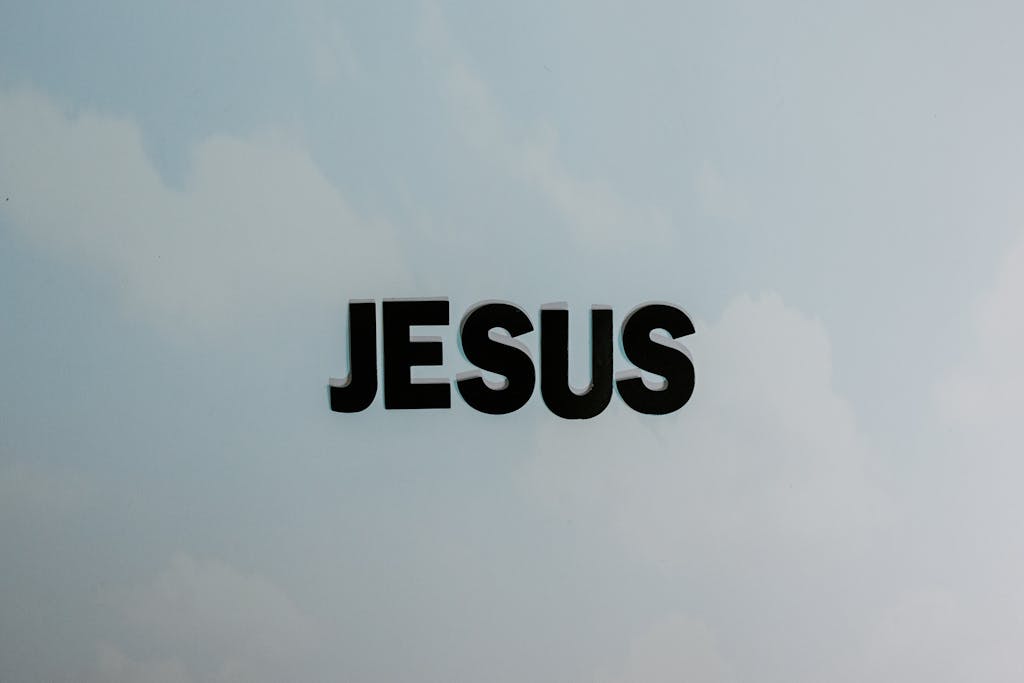Breaking Chains: How the Church Has Misused Hell to Control and Exclude
Rethinking Hell
For centuries, the understanding of hell has been used to terrify, control, and gatekeep in the church. It’s painted as an abyss of eternal torment for those who fail to comply with the “right” beliefs, behaviors, or rules. This fear-based theology has driven countless people from the church, confused or hurt by a message more about punishment than grace.
But what if we’ve misunderstood hell? What if our depictions of fire and brimstone, eternal suffering, and divine wrath owe more to cultural embellishment than biblical truth? And what if reclaiming the biblical story of salvation reveals a gospel that transforms us—not through fear—but through love, healing, and liberation?
To uncover this truth, we must confront the ways hell, salvation, eternal life, and the kingdom of God have been misused and distorted. By returning to Scripture with open minds and a willingness to wrestle with context, we might find a faith far more hopeful than we’ve been told.
Gehenna and the Misunderstanding of Hell
One of the biggest challenges in rethinking hell is disentangling it from layers of cultural baggage. Much of what Christians describe as hell comes not from Scripture but from works like Dante’s Inferno or Paradise Lost. These medieval and early modern masterpieces enriched our imaginations with their vivid depictions, but they ultimately obscured the Bible’s actual descriptions.
When Jesus spoke about hell, he often used the word “Gehenna.” Understanding this term is essential if we’re to grasp what Jesus truly meant. Gehenna refers to the Valley of Hinnom, a real place outside Jerusalem associated with a dark history. Ancient Israelites used it as a site for sacrificing children to foreign gods (Jeremiah 7:31). By Jesus’ time, it had become a trash heap where perpetual fires burned.
When Jesus referenced Gehenna, he drew on this imagery to warn about the real-life consequences of sin, injustice, and violence. It was a powerful metaphor. To his audience, Gehenna would have represented a literal place of disgrace and destruction—not an otherworldly domain of eternal torment.
Apocalyptic Language and the Symbolism of Judgment
Another source of confusion comes from apocalyptic literature, particularly symbolic passages in books like Daniel and Revelation. These texts are highly stylized and symbolic, speaking to communities facing persecution and oppression. Their vivid images of fire, beasts, and judgment weren’t intended as literal descriptions of the afterlife. They were metaphors for hope, resistance, and transformation.
Take the image of the “lake of fire” in Revelation (Revelation 20). This symbol of divine judgment was less about eternal torture and more about the ultimate defeat of evil. To John’s first-century audience, steeped in Jewish apocalyptic tradition, these symbols represented God’s justice prevailing over oppressive systems—not individual sinners being eternally punished.
Similarly, when Jesus used apocalyptic imagery, he didn’t invent a new genre. He drew on Jewish traditions that spoke of God’s decisive intervention in history. His warnings often aimed not at individuals,but at corrupt religious or political systems, forewarning the destruction that awaited those who refused to follow God’s justice and mercy.
Stripped of their symbolic depth, these texts lose their potency. Rather than terrifying believers into submission, they offered hope to the oppressed and called out the systems perpetuated suffering.
Salvation Is Liberation
Once we move beyond these distortions, salvation unfolds as something far richer and more profound than simply avoiding hell. The Greek term soteria encompasses healing, deliverance, wholeness, and restoration. Far from a transactional “get out of hell free card,” salvation is about liberation—not just for individuals but for communities and the world itself.
The Exodus serves as one of Scripture’s greatest images of salvation. God’s deliverance of the Israelites from slavery in Egypt wasn’t just about spiritual freedom; it was about liberation from an oppressive empire. It showed that God actively sides with the oppressed and works to set captives free.
This theme resounds throughout Scripture. The prophets envisioned salvation as justice breaking forth for the marginalized, the poor, and the brokenhearted. Isaiah 58, for example, describes fasting that loosens the chains of injustice and breaks the yoke of oppression, tying salvation to liberation, compassion, and equity.
Jesus, too, proclaimed salvation in this framework. “The Spirit of the Lord is on me,” he declared, “because he has anointed me to proclaim good news to the poor… to set the oppressed free” (Luke 4:18). Through his ministry of healing, feeding, and restoring dignity to outcasts, Jesus embodied salvation as active liberation.
The Kingdom of God as Here and Now
At the heart of Jesus’ message was the proclamation of the kingdom of God. Contrary to a common misreading, the kingdom wasn’t a distant heaven awaiting us after death. Instead, Jesus announced that “the kingdom of God has come near” (Mark 1:15). God’s kingdom wasn’t far-off; it was breaking into the here and now.
This kingdom isn’t an exclusive club for the “saved.” It’s a dynamic reality defined by love, justice, compassion, and peace. Jesus didn’t just talk about the kingdom; he embodied it. By healing the sick, welcoming outsiders, and challenging oppressive structures, he revealed what the kingdom looks like.
When we view salvation through the lens of the kingdom, it transforms our faith. Salvation isn’t about escaping wrath or earning a postmortem reward. It’s about joining in the work of renewal, helping to bring God’s vision of justice and inclusion to life.
Eternal Life as Relationship, Not Duration
The concept of eternal life has also been trivialized by its association with endless duration. But Jesus redefined it as something far deeper. “This is eternal life,” he prayed, “that they know you, the only true God, and Jesus Christ, whom you have sent” (John 17:3).
Eternal life isn’t merely about length but about quality. It’s about intimacy with God and a life transformed by God’s love now. When Paul wrote, “If anyone is in Christ, the new creation has come” (2 Corinthians 5:17), he wasn’t speaking of a distant future. Eternal life begins the moment we say yes to God.
A Faith That Frees
When we shed the fear-driven distortions around hell and salvation, something beautiful happens. Faith becomes less about avoiding punishment and more about transformation, belonging, and purpose.
This is the good news Jesus proclaimed. It’s not about exclusion but inclusion. Not about fear but freedom. Not about rules but relationship.
What if we stopped seeing faith as something that drives fear and division, and instead embraced it as a source of connection, renewal, and liberation? When we peel back the layers of misinterpretation and harm, we’re left with the core of what faith can be: healing, inclusive, and alive with possibility. The idea of hell, when wielded to control or exclude, loses the redemptive hope that Jesus continually pointed us toward. Maybe it’s time we reclaim that hope—for ourselves, for our communities, and for the kind of world we long to build.
Rethinking what we’ve been taught about salvation and the kingdom of God isn’t just about theology; it’s about how we choose to show up in the world. It’s about living out love in real, tangible ways that welcome others in. Instead of being weighed down by fear and shame, we can start to see faith as a call to love boldly, to include radically, and to work toward justice. That’s the kind of faith that transforms—not just us, but the world around us too. There’s freedom in that. There’s beauty in that. And it’s all ours to live out, one step at a time.







